

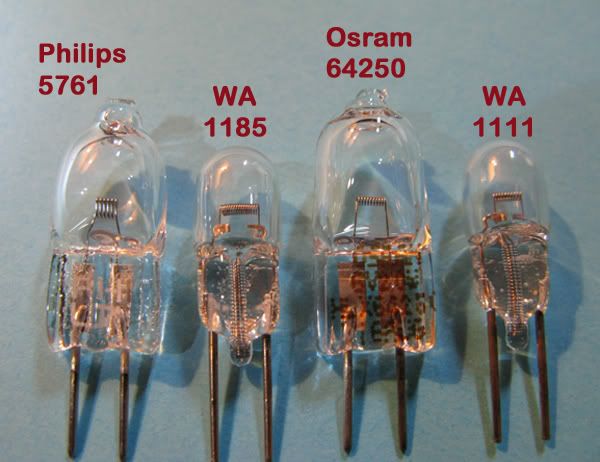 [/url]
[/url] [/url]
[/url] [/url]
[/url] [/url]
[/url]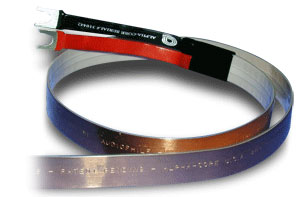 [/url]
[/url] [/url][url]
[/url][url] [/url]
[/url] [/url]
[/url] [/url]
[/url]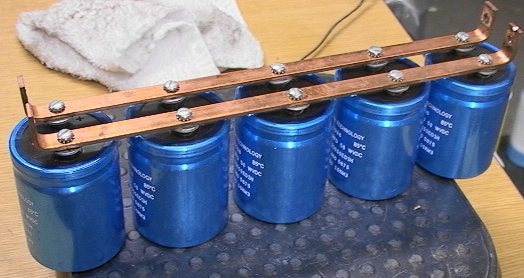 [/url]
[/url] [url]
[url] [/url]
[/url] [/url]
[/url] [/url][url]
[/url][url] [/url]
[/url] [/url]
[/url] [/url]
[/url]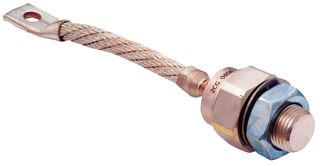 [/url][url]
[/url][url] [/url]
[/url]
Quote: Originally posted by franklyn  |
| Quote: |
| Quote: |
| Quote: |
| Quote: |
| Quote: |
| Quote: |
| Quote: |
| Quote: |
Quote: Originally posted by franklyn  |
Quote: Originally posted by 12AX7  |
 ).
).Quote: Originally posted by franklyn  |
Quote: Originally posted by Hennig Brand  |

| Quote: |
Quote: Originally posted by franklyn  |
Quote: Originally posted by dann2  |
Quote: Originally posted by franklyn  |
| Quote: |
| Quote: |
| Quote: |
Quote: Originally posted by Hennig Brand  |

Quote: Originally posted by franklyn  |
Quote: Originally posted by franklyn  |
Quote: Originally posted by 12AX7  |








Quote: Originally posted by franklyn  |


Quote: Originally posted by 12AX7  |
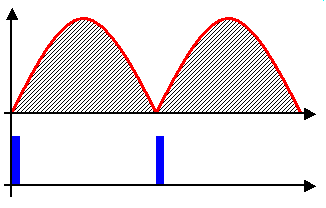

Quote: Originally posted by franklyn  |
Quote: Originally posted by watson.fawkes  |
Quote: Originally posted by franklyn  |

 below. This type of setup will not do the required task, no
matter how impressive, loud or funny it may be.
below. This type of setup will not do the required task, no
matter how impressive, loud or funny it may be. 
Quote: Originally posted by dann2  |
Quote: Originally posted by 12AX7  |
Quote: Originally posted by franklyn  |
Quote: Originally posted by 12AX7  |
Quote: Originally posted by 12AX7  |
| Quote: |
Quote: Originally posted by watson.fawkes  |
| Quote: |
Quote: Originally posted by 12AX7  |
Quote: Originally posted by 12AX7  |
Quote: Originally posted by 12AX7  |

